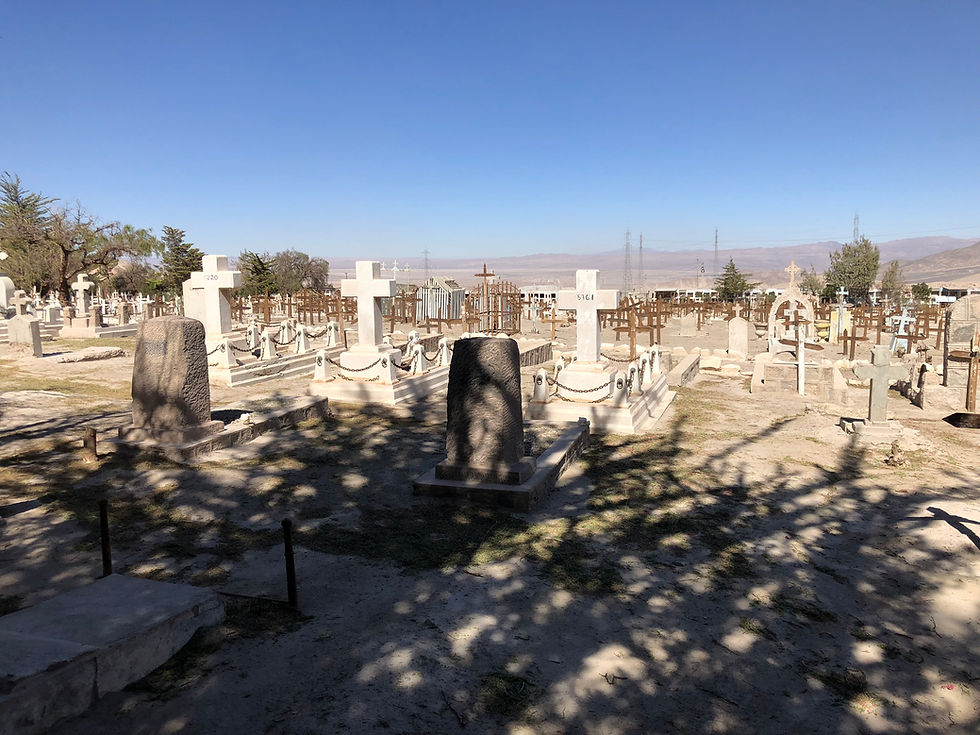What a Uranium trade in the 1970's can tell us about what we do!
- Lipmann Walton & Co Ltd

- Nov 29, 2023
- 3 min read
Updated: Jan 29, 2024
Metal merchants, especially those involved with volatile minor metals, are often the butt of disgruntlement from mighty consumers. How (Exxon and GE asked) could the price of rhenium rise to $12,500 per kg in 2008? How could cobalt reach $36 per lb in 2022 (questioned Tesla)? Why (SpaceX wondered) did hafnium rise from $600 per kg to over $6000 per kg in 2023?
It must be a cartel.
In 1975 a case entered the judicial system in the USA and Europe, which highlighted the issue. It was brought when Westinghouse attempted to sue RTZ alleging a cartel had caused uranium prices to rise.
In fact, what had happened was that Westinghouse, when selling its nuclear plant and equipment, had guaranteed the supply of fuel which it did not control. Uranium in those days was only produced by a few mining companies and RTZ’s Rossing in Namibia was one of them, then coming into full production. What Westinghouse had done, was to consider itself too important. To whom could RTZ sell its uranium if not to them? So Westinghouse acted as if uranium would always be available at static prices, and that the element’s pricing was exempt from the effects of supply and demand.
But when the Sheikh Yamani oil crisis occurred in 1973 uranium behaved just like any other market; as oil prices rose power generators scrambled to reduce exposure to oil by increasing nuclear output – and uranium oxide rose from $6 per lb in that year to $41 per lb by 1976.
I know a little about the case because my father was brought out of retirement for the London hearing as an expert witness, at which he testified upon that which all metal people know to be true. Just because you might be the great exponent of a metal’s use does not mean you have a monopsony on its purchase – you must still compete for raw materials with even the smallest user, as well as low volume applications which may not be as price sensitive as your own.
All this came to mind the other night when I popped into our local pub, The Mute Swan, for a pint of bitter. As the lights were being lit on the Christmas tree opposite the palace by a jolly Henry VIII, I fell into conversation with a former RTZ executive more involved with iron ore these days but once CEO of RTZ’s Rossing mine in Namibia.

How the mine was serendipitously discovered is one of the great stories of mining history. Captain Peter Louw had served in German South West Africa in the First World War and married Margery, a radiologist at Guys Hospital in London. It was her knowledge that led to the discovery. She detected radioactivity in the beach sands when her photos came out blank, and thinking it must be radium and would be needed for the treatment of cancerous tumours, sent samples of the black granite stones to RTZ. The ore turned out not to be radium-containing but uranium, and so began the long road to the development of Rossing which RTZ sold to the Chinese in 2019.
Westinghouse did not own any uranium mines and had not considered the supply of it an issue when they wrote their sales contracts guaranteeing supply of fuel to its utility customers all over the world. They didn’t realise they were like a yoghurt manufacturer without a supply of milk.
Today, the connection between the profitability of a product and its dependence on an unruly commodity is better known.
But the disconnect between engineer, or metal exponent, and commodity supplier will always remain. Examples today might be high grade cadmium and tellurium for thin film photovoltaic cells, scandium for fuel cells, germanium for fibre optics, or hafnium tetrachloride for electronics.
Merchants, we like to think, still have a role and this feature of our world allows us to wonder whether instead of being replaced by ‘AI’ we might rather be a profitable supplier to it!
[In November 2023 Cameco took at 49% share in Westinghouse, thus vertically integrating the nuclear power plant producer with the fuel source of mined uranium on which it depends.]
By Anthony Lipmann
Originally Published on Lord Copper www.lord-copper.com 29.11.2023




Comments